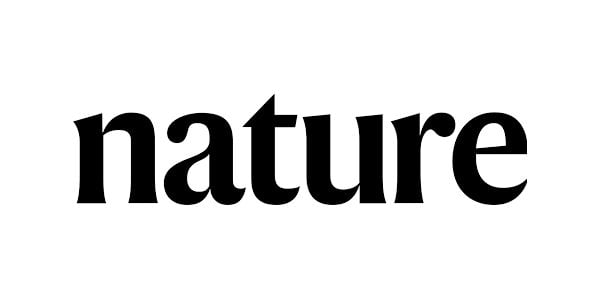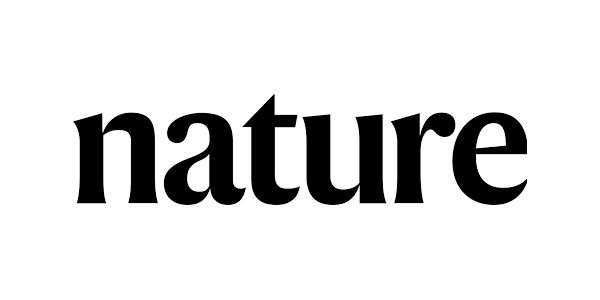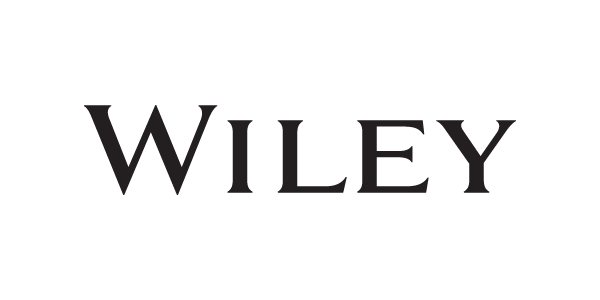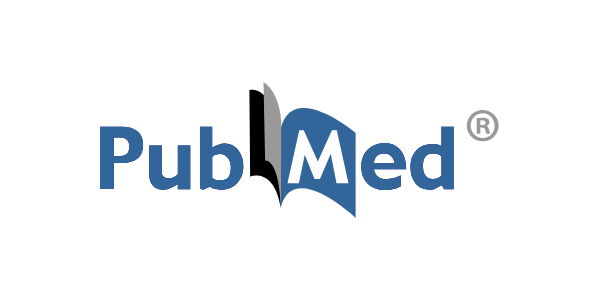Research and Publications
We have collected a selection of important scientific articles and other research on Far UV-C light and its effect on pathogens and people.

Far UV-C light (222 nm) efficiently and safely inactivates airborne human coronaviruses
This peer-reviewed article from Scientific Reports, shows that continuous Far UV-C exposure in occupied public locations at the current regulatory exposure limit (~3 mJ/cm²/hour) would result in ~90% viral inactivation in ~8minutes, 95% in ~11minutes, 99% in ~16minutes and 99.9% inactivation in ~25minutes. Thus while staying within current regulatory dose limits, low-dose Far UV-C exposure has the potential to safely provide a major reduction in the ambient level of airborne coronaviruses in occupied public locations.
UV Medico Research

Far UV-C light: A new tool to control the spread of airborne-mediated microbial diseases
In this peer-reviewed article from Scientific Reports, it is shown for the first time that Far UV-C efficiently inactivates airborne aerosolised viruses, with a very low dose of 2mJ/cm² of 222 nm light inactivating >95% of aerosolised H1N1 influenza virus. Continuous very low dose-rate Far UV-C light in indoor public locations is a promising, safe and inexpensive tool to reduce the spread of airborne-mediated microbial diseases.
UV Medico Research

Long‐term Effects of 222 nm ultraviolet radiation C Sterilizing Lamps on Mice Susceptible to Ultraviolet Radiation
In a study conducted by Yamano et al., the long-term effects of UV222 irradiation on the skin and eyes were assessed using mice, which are known to be susceptible to UV damage. The results of the study demonstrated that chronic irradiation with UV222 is safe for both the skin and eyes, even at high doses. These findings strongly suggest that UV222 can be safely employed for disinfection purposes while ensuring the safety of human exposure.

Re-Evaluation of Rat Corneal Damage by Short-Wavelength UV Revealed Extremely Less Hazardous Property of Far-UV-C
This peer-reviewed article evaluated acute corneal damage induced by 222 and 254 nm UV light in albino rats. In the study, no corneal damage was induced by 222 nm UV light, which suggests that 222 nm UV light may not harm rat eyes within the energy range and may be useful for sterilising or preventing infection in the future.
UV Medico Research

Chronic irradiation with 222 nm UVC light induces neither DNA damage nor epidermal lesions in mouse skin, even at high doses
In this study, chronic irradiation with 222 nm UV-C light was revealed not to induce mutagenic or cytotoxic effects in the epidermis of mice. These results indicated that 222 nm UV-C light emitted from the lamp apparatus (or device), which was designed to attenuate harmful light present in wavelengths of more than 230 nm, represents a promising tool for the reduction of SSI incidence in inpatients and hospital staff.
UV Medico Research

Ultraviolet Lighting During Orthopaedic Surgery and the Rate of Infection
In this study, Ritter et al. compared the disinfection efficacy of laminar airflow (LAF) and conventional UV light over a nineteen-year period in operating rooms during hip and knee replacement surgeries. The researchers found that the infection rate when using LAF was 1.77 %, but it decreased to only 0.57 % when using conventional UV light. It should be noted that using conventional UV light requires complete gowns and eye protection for staff and patients. This highlights the potential of using UV222 for decontaminating the air in operating rooms and reducing the risk of surgical site infections.
UV Medico Research
No results
Make a request.
Can't find what you're looking for? No problem. Let us help.

 UV222™
UV222™ UV222 Linear
UV222 Linear UV222 Downlight
UV222 Downlight Vertex 222
Vertex 222.png) UV222 Pendant
UV222 Pendant.png) UV222 Booth
UV222 Booth.png) UV222 Step-On
UV222 Step-On.png) UV222 Cleanroom Downlight
UV222 Cleanroom Downlight.png) UV222 Material Airlock
UV222 Material Airlock UV222 Ambulance
UV222 Ambulance UV222 Industrial
UV222 Industrial.jpg?width=600&height=300&name=nature%20logo%20(3).jpg)
